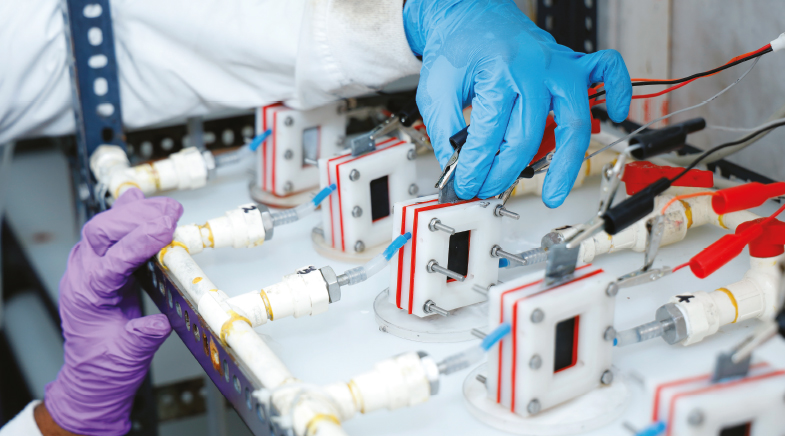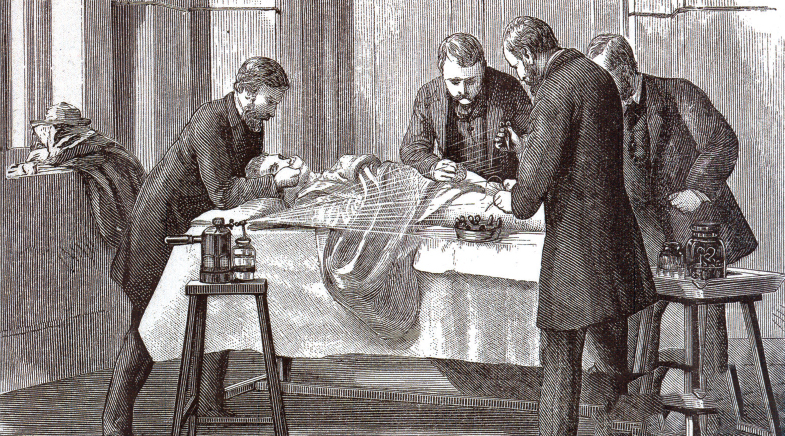Safety on tap
-
- from Shaastra :: vol 03 issue 05 :: Jun 2024

From LED lamps to awareness courses, a slew of measures seeks to make drinking water safe.
Reverse osmosis (RO) drinking water systems are meant to reassure users about the quality of the water they are drinking. But a dipstick survey recently carried out by citizen scientists guided by researchers at the Indian Institute of Technology (IIT) Madras and Israel's Tel Aviv University unearthed some startling revelations: A vast majority of RO water samples, collected mainly from Chennai and areas around the city, had high levels of biological contamination.
Drinking water doesn't just carry germs. Water in many parts of India also contains high levels of toxic chemicals. Groundwater accounts for nearly 85% of drinking water in rural areas and nearly half of that in towns and cities. With borewells going deeper and deeper under the ground in many parts of the country, people have been extracting water from fossil aquifers. "This is a different animal altogether, (one) that we know very little about," says Sekhar Muddu, who has been studying groundwater systems and teaches Civil Engineering at the Bengaluru-based Indian Institute of Science (IISc).
PAST ISSUES - Free to Read


Have a
story idea?
Tell us.
Do you have a recent research paper or an idea for a science/technology-themed article that you'd like to tell us about?
GET IN TOUCH














